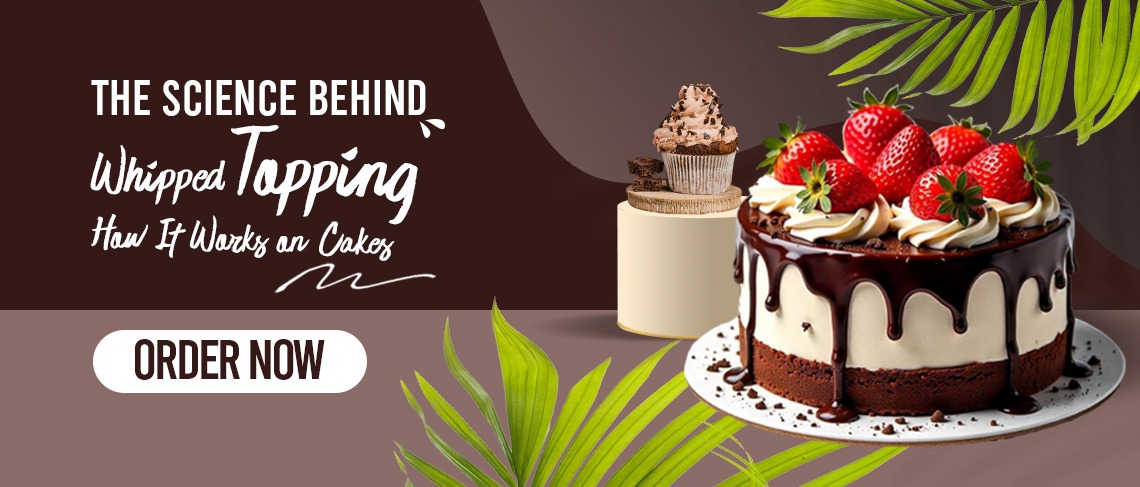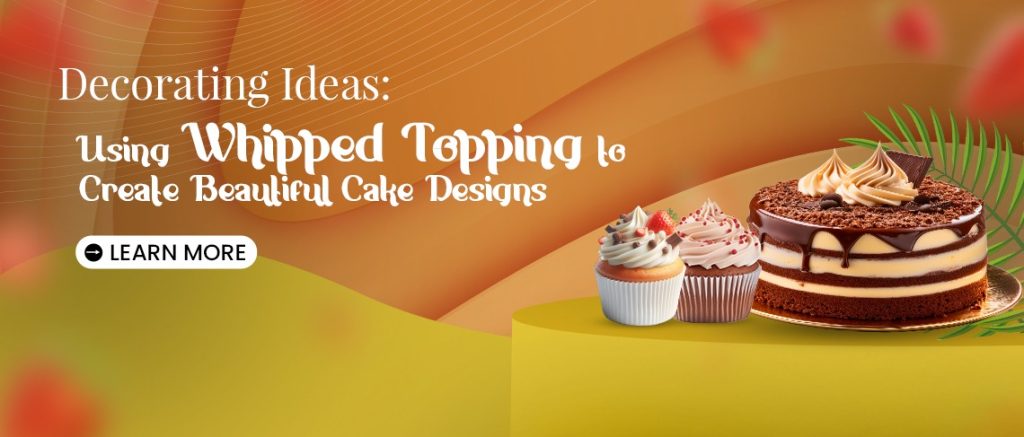Whipped topping is the secret to an amazing cake slice. Its mild, fluffy texture and scrumptious flavor can take any dessert from regular to great. But have you ever stopped to forget how whipped topping works? What makes it strong enough to preserve its shape, and the way do you get that perfect consistency?
If you’ve asked yourself the one’s questions, you’re in the right area. Whether you are an expert baker, a culinary enthusiast, or a meals blogger, know-how the technological know-how and techniques behind whipped topping can raise your baking sport.
This manual dives into the charming history, chemistry, and sensible hints for studying whipped toppings on desserts. From the magic of air and fat to deciding on the right kind of whipped topping, we’ve given you included.
A Brief History of Whipped Topping
Whipped cream, the precursor to fashionable whipped toppings, has been a fave for the reason that Renaissance, used in European courts to garnish cakes and savory dishes. Known as “milk snow” in ancient texts, it required vigorous hand-whipping to attain the fluffy texture we recognize nowadays.
Fast ahead to the twentieth century, and whipped topping exploded in popularity way to improvements in meals’ technological know-how. Non-dairy alternatives and aerosol-whipped merchandise entered the scene, offering comfort and versatility. This innovation made whipped toppings accessible to home bakers and professionals alike, reworking it into a staple for cake adorning.
The Chemistry of Whipping: How Air and Fat Work Together
Whipping cream—or any whipped topping—relies on science to create its airy texture. At its center, the process entails incorporating air right into a liquid that is capable of enticing it. Here’s how it works:
The Role of Fats
The fat content material in cream or a whipped topping base is crucial. These fat molecules surround and stabilize the air bubbles shaped in the course of whipping. Heavy cream, for example, generally has a 35% or higher fat content, making it ideal for whipping.
Low-fat or non-dairy options regularly encompass stabilizers like hydrogenated fats or gums to mimic the same impact. For plant-primarily based options, coconut cream is a popular preference due to its excessive herbal fat content.
The Role of Air
Air is the unsung hero of whipped toppings. Mechanical movement—whether with the aid of a whisk, hand mixer or stand mixer—introduces tiny air bubbles into the liquid. These bubbles become bigger in the fat matrix to form the desired fluffy texture.
Temperature Is Key
Temperature topics when growing whipped topping. Chilling the cream and the combination bowl guarantees that the fats solidify as they capture the air bubbles, making for a more solid, long-lasting whip.
Different Types of Whipped Toppings
Not all whipped toppings are created identical, and knowing the difference lets you select the right kind for your cake.
Whipped Cream
Classic whipped cream, crafted from heavy cream and sugar, is the gold well-known. It’s wealthy, ethereal, and ideal for layering or piping. However, it’s now not the most strong and might deflate through the years if no longer used fast.
Non-Dairy Whipped Products
Store-offered non-dairy whipped toppings, like Cool Whip, often encompass elements like hydrogenated vegetable oils and stabilizers to provide a creamy texture. These are shelf-strong and maintain up properly for prolonged periods, making them a popular preference for convenience.
Plant-Based Whipped Topping
For those heading off dairy, plant-based whipping creams are taking the enterprise through typhoons. Made from coconut, almond, or oat milk, those provide similar textures and flavors. However, those alternatives can also have unique challenges, together with requiring additional stabilizers to maintain consistency.
Techniques for Perfect Whipping
Achieving the correct whipped topping calls for greater than simply mechanical effort. Here’s a step-by-step manual to mastering your whip:
1. Chill Everything:
Place your cream, in a blending bowl, and whisk within the fridge for a minimum of 30 minutes. Warmer temperatures restrict fat solidification, main to less solid effects.
2. Use the Right Tools:
A handheld or stand mixer works excellent for consistency and pace, however an awesome old-fashioned whisk can paint wonders as well—it simply takes greater muscle.
3. Add Sweeteners and Flavorings on the Right Time:
Add sugar, vanilla extract, or different flavors after soft peaks start to form. Adding them too early can disrupt the whipping technique.
4. Avoid Over-whipping:
Over-whipping causes the fats to clump collectively, turning your cream into butter. Stop as quickly as stiff peaks form for precise consistency.
The Art of Stabilizing Whipped Topping
One of the biggest demanding situations of whipped topping is stopping deflation, especially for cakes that need to take a seat out for hours. Here are some strategies to make certain balance:
• Use Stabilizers:
Add gelatin, cream of tartar, or powdered sugar to maintain structure. For plant-based totally alternatives, use agar-agar or xanthan gum.
• Cornstarch Trick:
Mixing a small quantity of cornstarch with your cream can help thicken and stabilize it.
• Piping Techniques:
Use thicker toppings for decorative paintings, as they hold their form longer.
• Layer Strategically:
When redecorating cakes, layer whipped topping between cooled components to prevent melting or deflation from warmth.
Creative Uses and Innovations in Whipped Toppings
Whipped toppings aren’t simply confined to frosting a cake—they may be a part of your baking artistry.
• Pattern Piping:
Use various piping recommendations to create rosettes, swirls, or even tricky floral designs.
• Color Play:
Add meal coloring to your whipped topping for a festive contact.
• Layered Delight:
Pipe alternating whipped topping and fruit layers for a visually lovely bare cake.
• Infused Freshness:
Create natural or spiced whipped toppings through steeping flavors like lavender, cinnamon, or mint in the cream before whipping.
Health Considerations of Whipped Topping Alternatives
While whipped toppings are undeniably delicious, fitness-conscious bakers may additionally be surprised approximately their nutritional effect.
Compared to traditional whipped cream, non-dairy and plant-based options often offer lower calorie and fat content, but they may contain more stabilizers or added sugars.
For a natural alternative, try whipped aquafaba (the liquid from a can of chickpeas) as a vegan-friendly, low-calorie solution. It mimics the consistency of whipped cream and can be flavored with vanilla or cocoa for added taste.
Looking Ahead: The Future of Whipped Topping
The international whipped topping continues to innovate. The rise of plant-based diets has brought about the introduction of recent whipping lotions made from nuts, legumes, and grains. Meanwhile, molecular gastronomy is pushing obstacles with foams and flavored air that mirror whipped toppings in particular methods.
Whether you’re an expert baker or a cake enthusiast, knowledge of the science and strategies in the back of whipped topping can transform your creations. From conventional whipped cream to imaginative plant-based total innovations, whipped topping remains an important device for any culinary artist.




